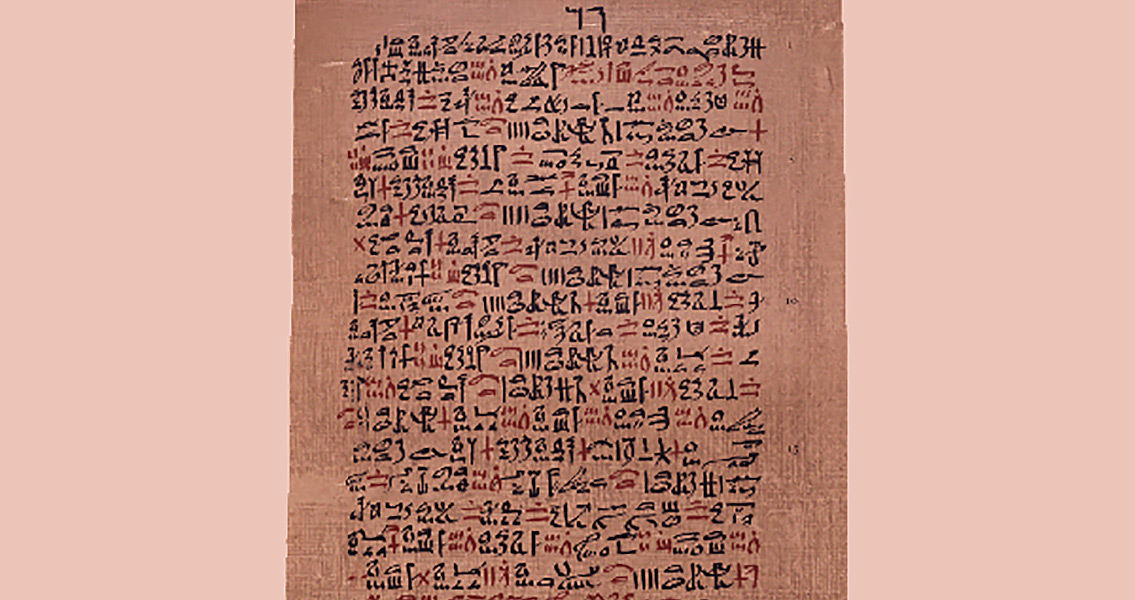<![CDATA[State-supported healthcare may have existed in ancient Egypt. The village of Deir el-Medina had been built for workmen tasked with making the royal tombs during the New Kingdom period (1550-1070 BCE). Deir el-Medina was built solely to serve the workers who would hike to the Valley of the Kings to create the rock-cut tombs. Workmen at Deir el-Medina, it appears, were not unskilled labourers, but highly skilled craftsmen. As such, these workmen were given extra amenities. The Egyptian state paid them monthly wages in the form of grain, and the workers were provided with houses and servants to assist with domestic tasks like laundry, grinding grain and carrying water. The workers' families also lived with them in the village, benefiting from the provisions from the state. Modern archaeological excavations at the Deir el-Medina site have turned up papyri texts, with one in particular being the cause of great interest. Among the texts discovered are numerous records detailing when and why individual workmen were absent from work. Almost one-third of absences were as a result of a workman being too sick to work. Monthly ration distributions from Deir el-Medina, however, were very consistent; indicating that these workmen were paid their monthly grain even if they were off work for several days. "These texts also identify a workman on the crew designated as the swnw, physician," said Dr Anne Austin, the archaeologist leading the dig. "The physician was given an assistant and both were allotted days off to prepare medicine and take care of colleagues. The Egyptian state even gave the physician extra rations as payment for his services to the community of Deir el-Medina." The physician at Deir el-Medina probably treated the workmen with remedies and incantations from his medical papyrus. Some of these texts are incredibly detailed, such as the Papyrus Ebers, which contains over 800 treatments. Roughly a dozen extensive medical papyri have been found from ancient Egypt, including one set from Deir el-Medina. "These texts were a kind of reference book for the ancient Egyptian medical practitioner, listing individual treatments for a variety of ailments," Dr Austin said. "As an example, one treatment for intestinal worms requires the physician to cook the cores of dates and colocynth, a desert plant, together in sweet beer. He then sieved the warm liquid and gave it to the patient to drink for four days." Some of the treatments required expensive or rare ingredients, limiting the number of people who could afford to be treated. The most frequent ingredients found in these medical papyri, however, tend to be very common items: honey and grease, for example. One text found in Deir el-Medina shows that the Egyptian state rationed out the most common ingredients to a few men, probably to be shared among the other workers. What has been revealed by Dr Austin is a well-organised system of care administrated by the Ancient Egyptian state. Workmen counted on the state for paid sick leave, a physician and medical ingredients. In return, the Egyptian state had a healthy and skilled workforce to create some of the most lasting monuments from the ancient world. For more information: : http://theconversation.com/paid-sick-days-and-physicians-at-work-ancient-egyptians-had-state-supported-health-care-36327 Image courtesy of Wikimedia commons user: Korribot ]]>
Ancient Egyptian State Healthcare System Found
